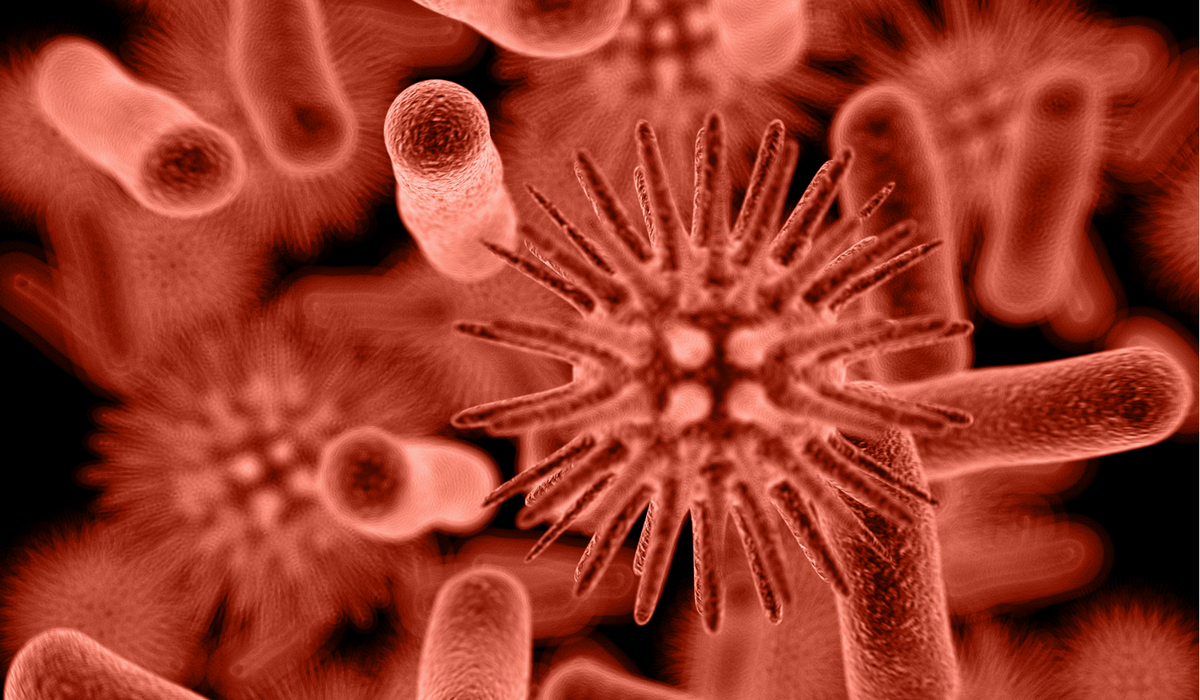Strategies for a Safe Healthcare Facility
The Cost of Avoiding Superbugs
The medical world is dealing with a huge problem, and it is not just the battle against the skyrocketing costs. It’s also the battle of finding new strategies for a safe healthcare facility. And, most seriously, it’s the battle against skyrocketing germs; germs known as superbugs.
These germs have become so strong and well-adapted that they are stressing the world’s available medical arsenal and knowledge. There are few, if any, antibiotic choices left for some of these superbugs, and for public health officials it’s a nightmare scenario.
While research continues to find a drug-based treatment for people infected with these bugs, healthcare facilities on the cutting edge are tackling the problem with beefed-up, stricter strategies to halt the spread of bacteria. It’s time for all healthcare facilities to think about their superbug-fighting strategy and not wait until there is a full-blown explosion on their hands. Here’s how to get started.
Healthcare Associated Infections (HAIs)
Healthcare facilities are naturally filled with sick people. But, too often patients are infected with additional diseases, and healthy people, including hospital employees and staff, or family and friends of patients, acquire diseases just by being in the building. Healthy people are not generally at risk, but older people, kids, and those who are already compromised (like the patient for instance) have a higher risk of acquiring an infection while in the healthcare facility.
Strategies for Controlling the Spread of Germs
While cleaning and sanitizing is always important in the healthcare setting, to deal with superbugs, which are able to rapidly spread, cleaning protocols must be clearly stated, followed, and enforced.
Hand Washing
Hospitals and healthcare facilities must adhere to strict hand-washing and other infection-control protocols. Water and plain soap are fine for routine washing. Soap with an antimicrobial agent should be used in special or sensitive circumstances.
Cleaning
Germs can be stubborn. The idea behind cleaning is not to kill the germs, which detergent and water can’t do, but rather suspend the germs in water and detergent for removal from the surface of equipment and furniture. However, to be effective, a thorough cleaning is required to eliminate microorganisms. A standardized protocol should be used to ensure proper cleaning.
Personal Protective Equipment
Another method of reducing the risk of spreading infection is for hospital personnel to consistently use personal protective equipment, such as gloves, face masks, and gowns. Personal protective equipment protects the wearer’s skin and the mucous membranes of the eyes, nose, and mouth. These simple items can play a key role in prevention. Clear protocols for their use, and their disposal, should be put in place, followed, and enforced.
Keeping superbugs and other infectious organisms in check is the responsibility of all who enter a healthcare facility, including staff, employees, and even patients and visitors. The benefits of effective protocols covering hand washing, protective equipment, and cleaning are cost effective and numerous. But, the biggest benefit might just be saving lives.
Johnston & Healthcare
At Johnston, we will work with your facility to meet your standards of cleanliness, and create a custom solution that best fits your needs.
Reach out to us! Visit our contact page today and have a Johnston expert contact you.
About Johnston
Johnston has always stood for reliability, commitment, quality, and service. Our heritage means years of accumulated industry knowledge, the ability to see the bigger picture, and the know-how to determine the best possible approach. Combining this mastery with the drive to deliver exceptional results, Johnston goes beyond sales, developing strategic, end-to-end tailored solutions for each customer since 1881.



